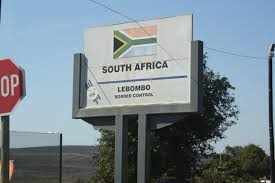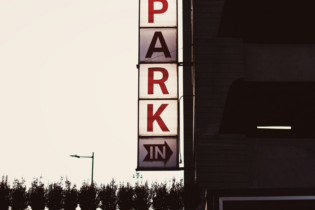Martin Modise provides an update on the formation of a One-Stop Border Post between South Africa and Mozambique.
An agreement was signed between the presidents of South Africa and Mozambique, in 2007, after which the Department of Public Works employed consultants to design the infrastructure that would be used to make the One-Stop Border Post (OSBP) a reality. The cost, estimated at the time, came to about R1.6 billion. There were issues with national treasury, in terms of the cost and the type of design that was envisioned. In 2008, due to the financial meltdown, those two issues forced us to review the funding model. That had an impact on the infrastructure that we wanted at Lebombo. The two countries then started reviewing the funding model. We’ve divided the project into different phases, in order to segment the areas. Over and above the infrastructure, there were certain areas that had to be upgraded. The agreement we had was not enough for the system to go live; we needed to conclude some legal agreements/frameworks and sign them. Between 2007 and 2010, we were focused on the World Cup, so the development of the annexes only started in earnest after 2010. They were designed by both South Africa and Mozambique but needed to go through the parliaments of both countries. That process took a long time. The annexes were completed in 2013, having gone through the Mozambique parliament. From there it came to South Africa where they first had to go through the National Council of Provinces and get signed. It then went to National Government and was finally signed in March/April 2014. The legal framework calls for us to exchange information. After the annexes were signed, we had to change the agreements, diplomatically, through the right channels, which happened in September. The annexes impacted certain laws of the departments that operate at Ressano-Garcia and Lebombo. KM4 is currently undergoing massive developments. That gave us an opportunity to properly roll-out one leg of the OSBP, which is a cargo park. We decided to divide this corridor into different areas. Our current plans are for cargo, with South African’s posted at KM4, so that we can have an OSBP for cargo only. It doesn’t cover other traffic like pedestrians, buses, taxis, and rail.We didn’t have the money to build one structure that would cover everything. With the current development at KM4, we had the opportunity to focus on rolling out the cargo part of the OSBP. We have initiated our legal framework to complete the legal side of implementing with KM4.
This entails engagement with our unions because we’ll employ our officials from Lebombo and move them to KM4, where they’ll be operating from. We’ve started engaging our Mozambique compatriots to complete that process too. There will be some traction now, which you’ll notice on the cargo side in the next few months as we roll it out. The annexes called for three requirements. The first applied to the designation and elimination of the combined border posts and the control norms. The second dealt with the joint control and management of the border crossings. The third related to the owning, managing, and maintenance of the infrastructure. That part is signed, but we still need to finalise it in terms of KM4 and who’s going to be responsible for the maintenance. We need space for our officials and infrastructure in order to operate from there. That whole model will be finalised very soon. The standard operating procedures for the inter-agencies for the OSBP have been completed and signed. Even the railway cross-border conceptual design has been completed. On the railway side, we were waiting for CFM and Prasa to sign an agreement determining who will be driving the trains and what regulations would govern the countries. Once that is done, we can initiate the government part of the process, which will be easy as the conceptual designs are in place. The original agreement called for a competent authority. In South Africa, initially, the competent authority was in the South African Revenue Service (SARS). At the beginning of 2015, the South African cabinet moved the running of the Border Control Operational Coordinating Committee (BCOCC) from SARS to the Department of Home Affairs. So, the OSBP is not dead; there is pressure from the South African parliament to ensure that it works. There is pressure for us to roll it out between South Africa and Zimbabwe as well, and also into Lesotho. But, we want to make sure this concept works in Mozambique first, in Lebombo, on the Maputo Development Corridor. Martin Modise is project manager: LRG One-Stop Border Post, BCOCC







